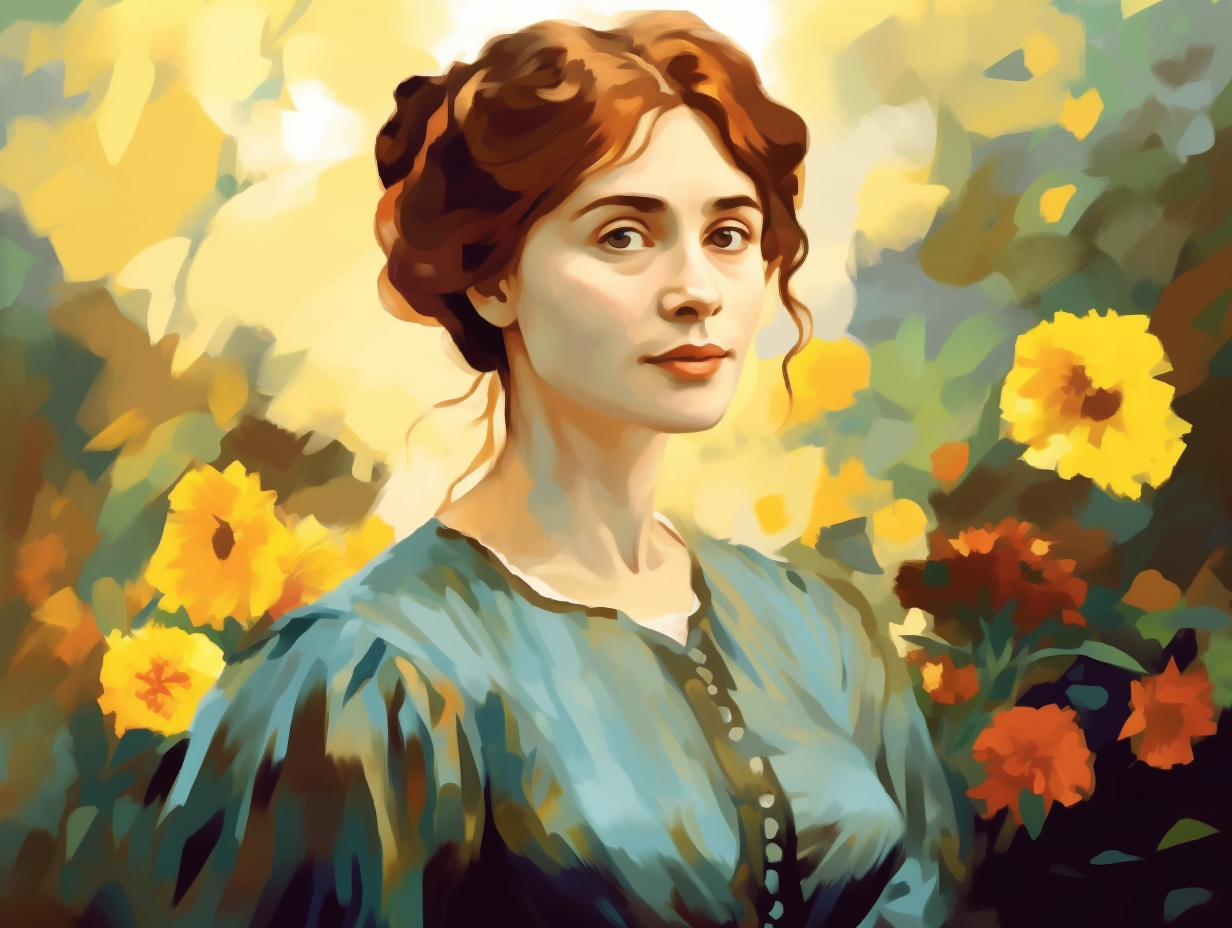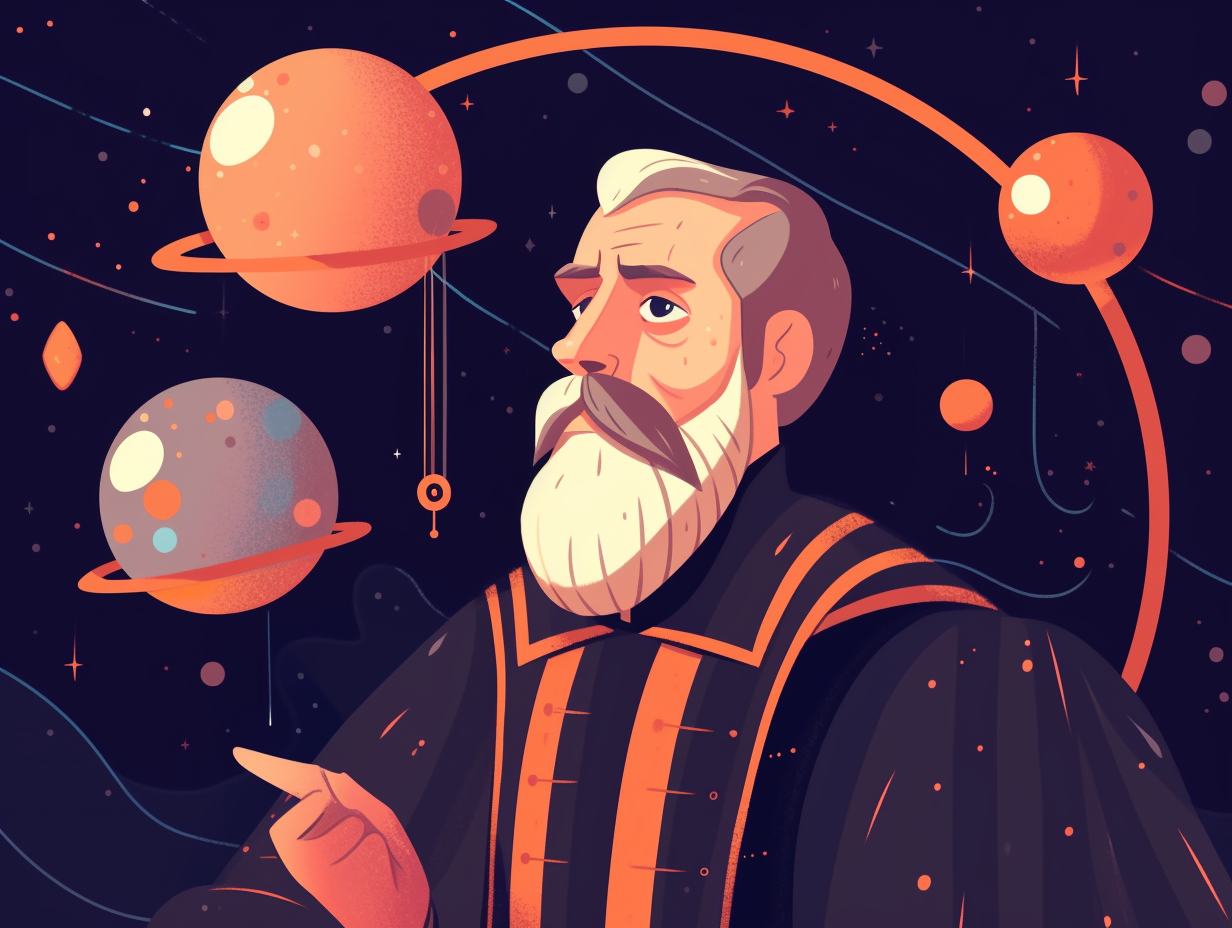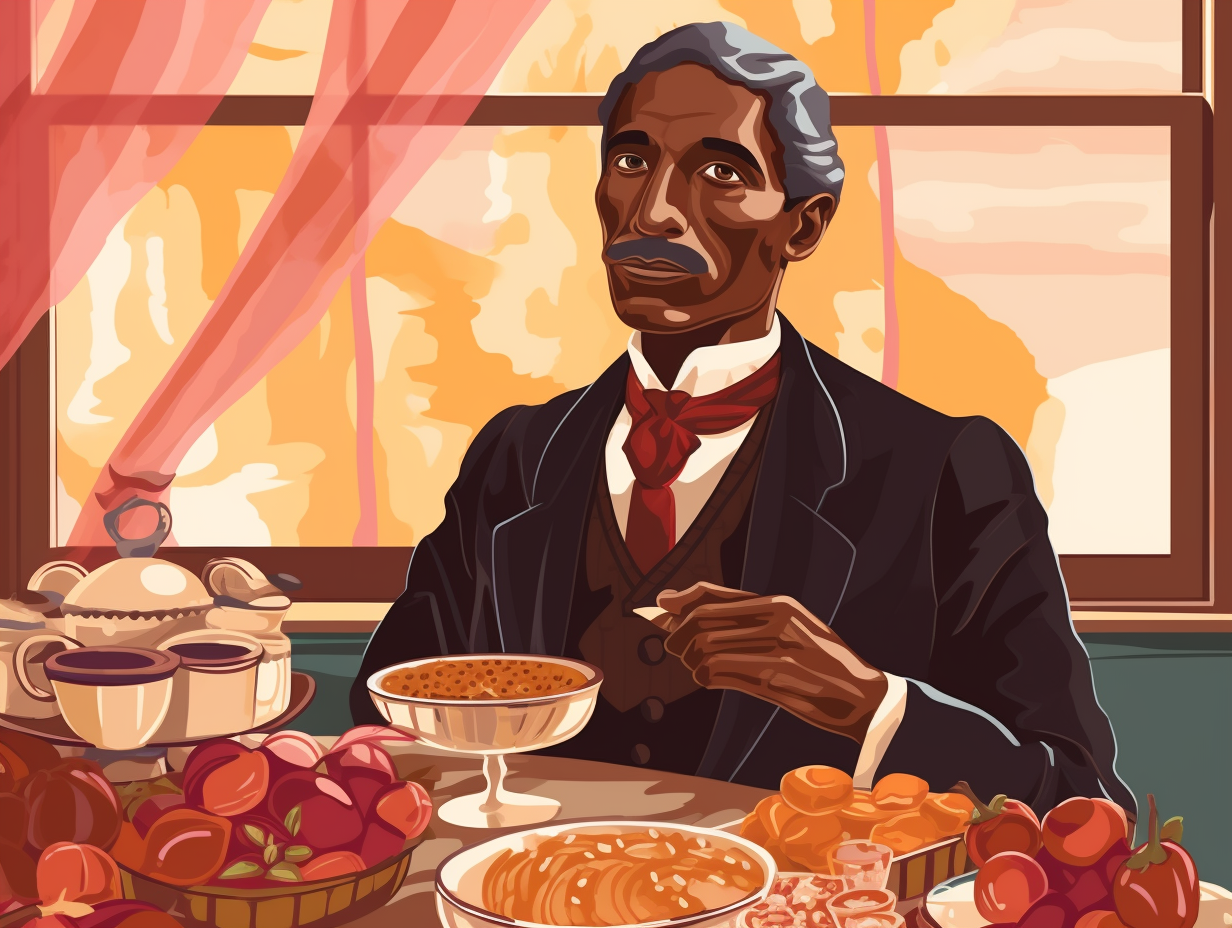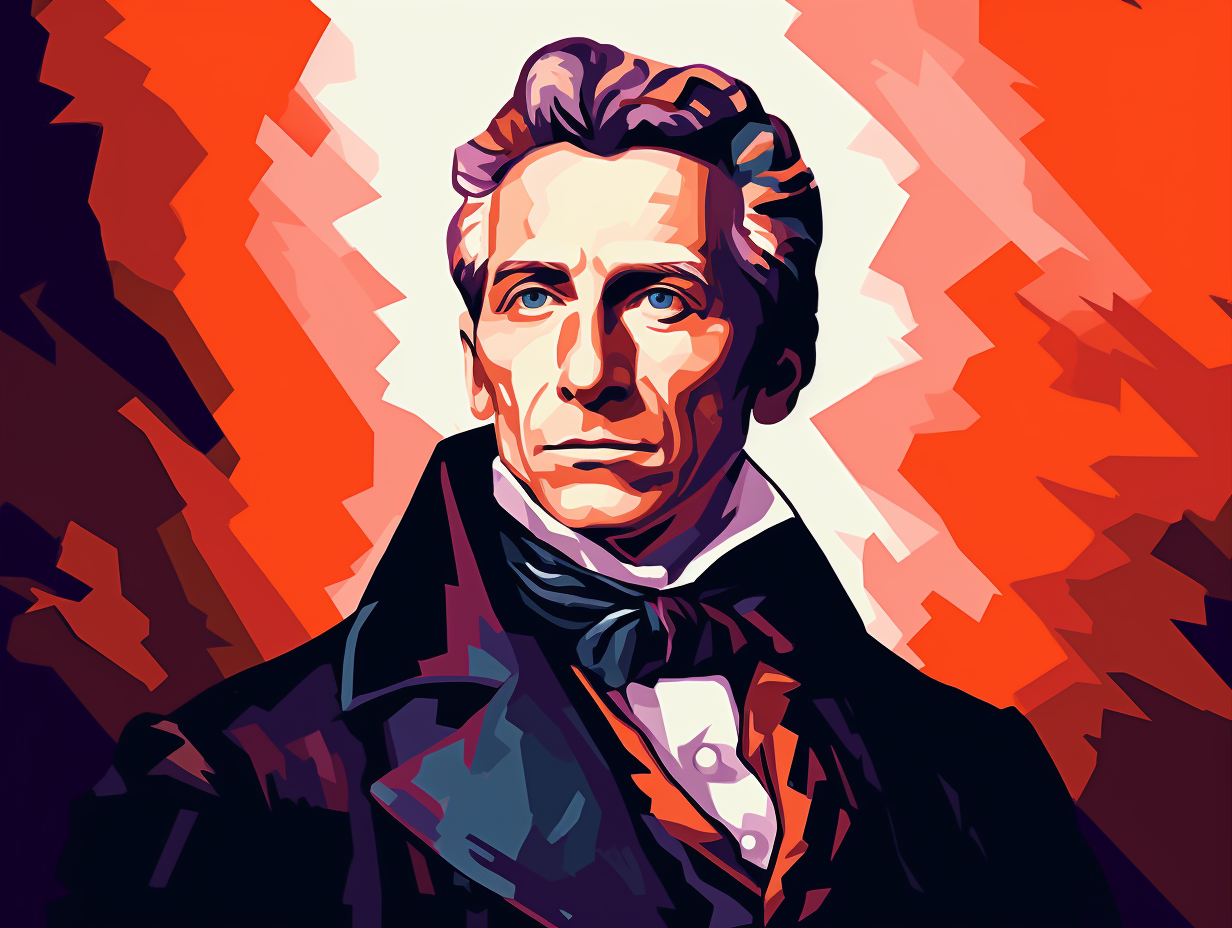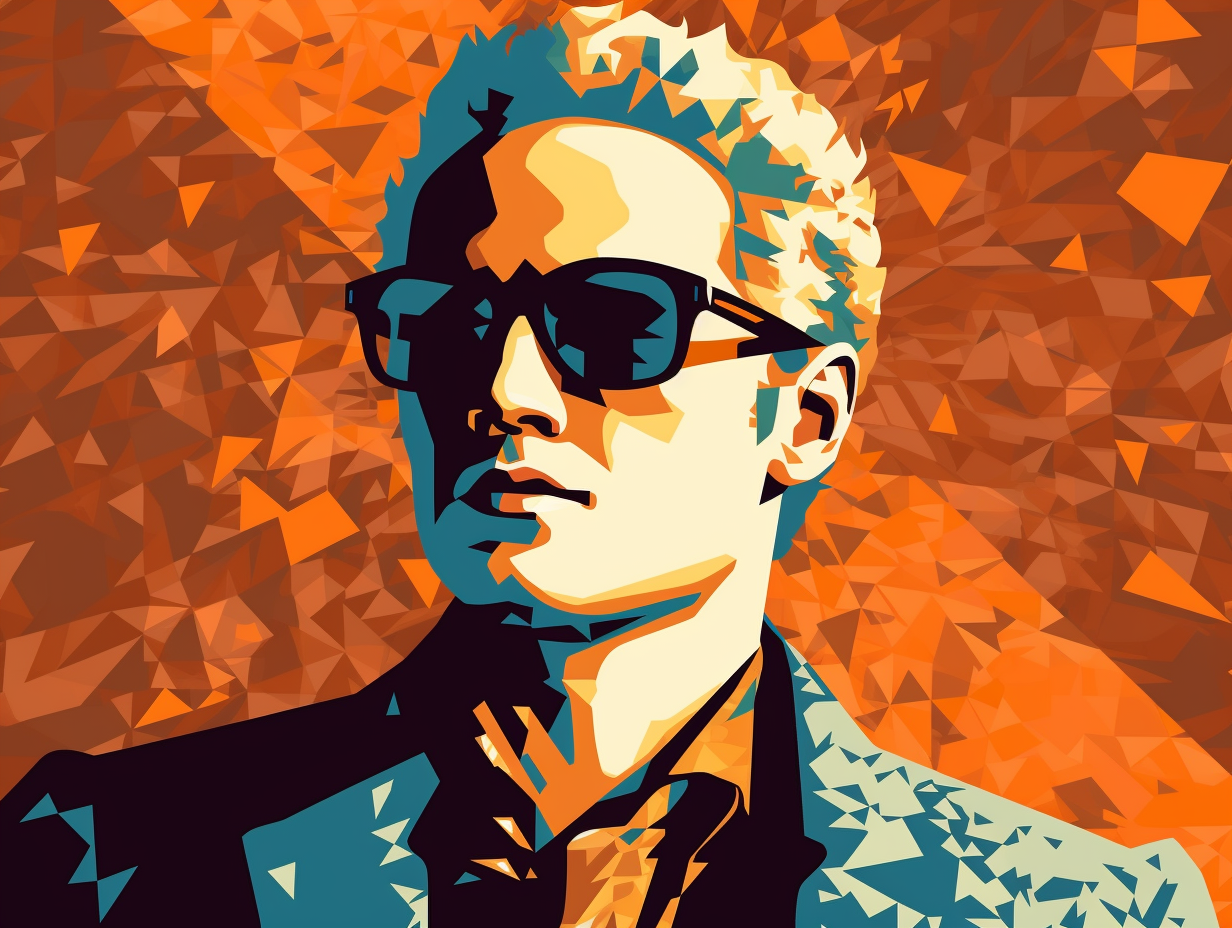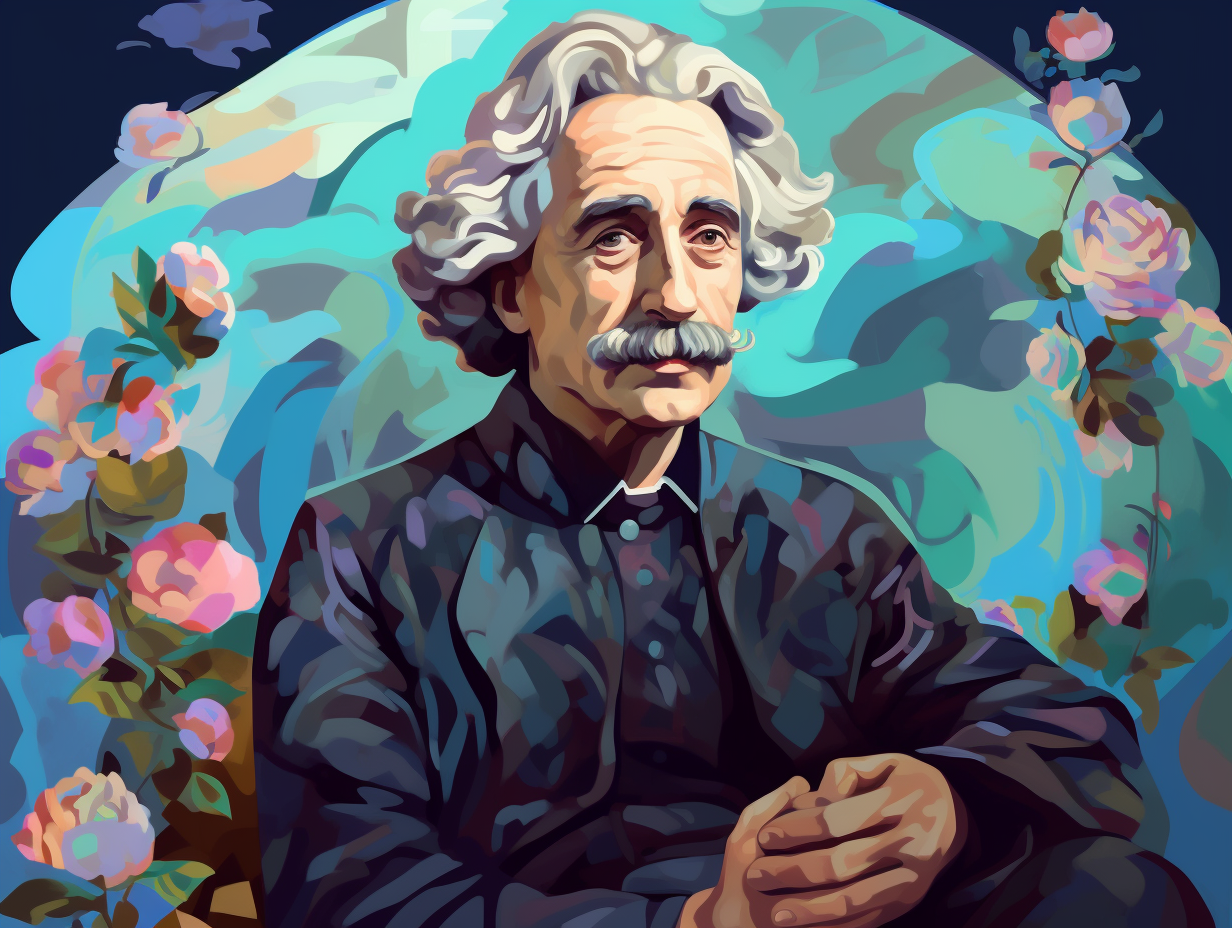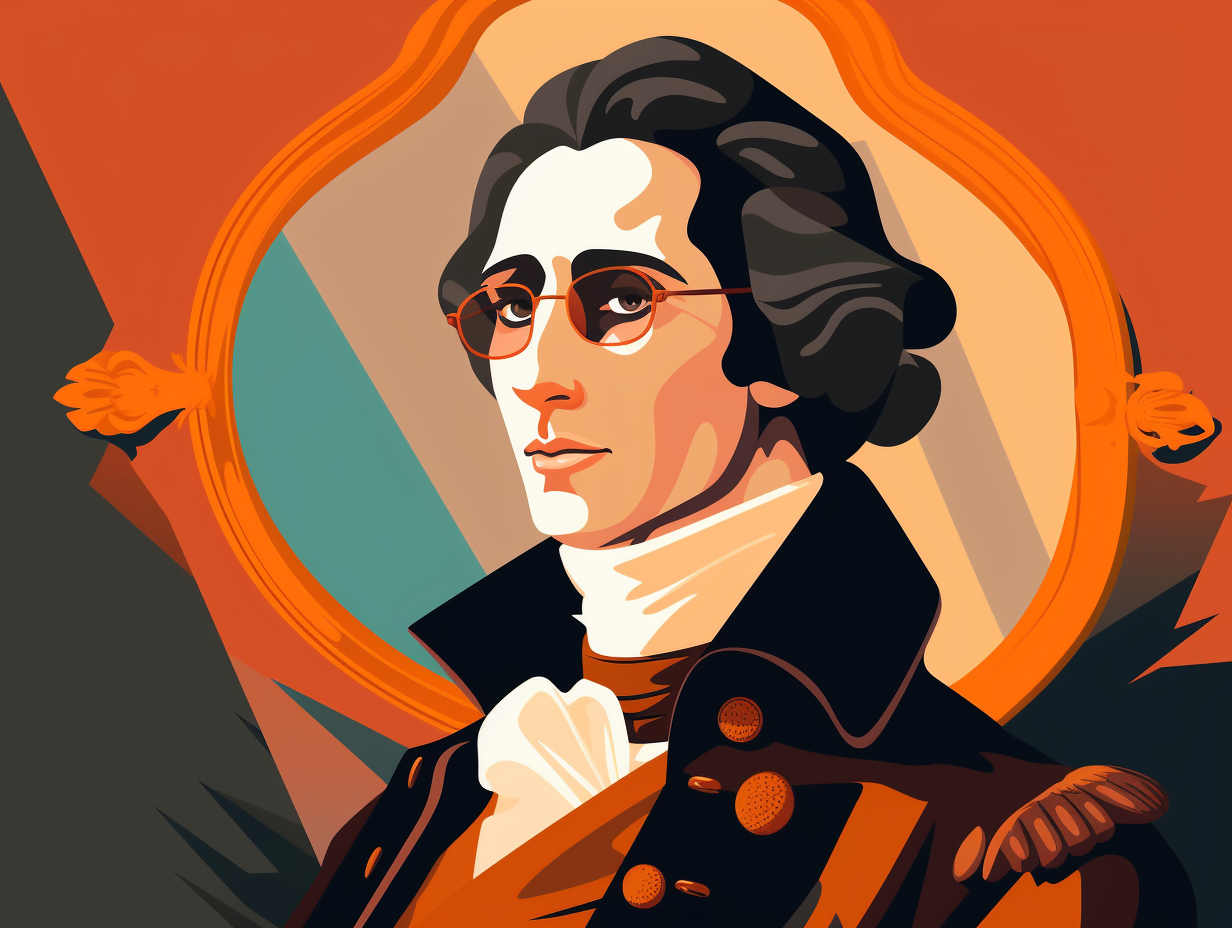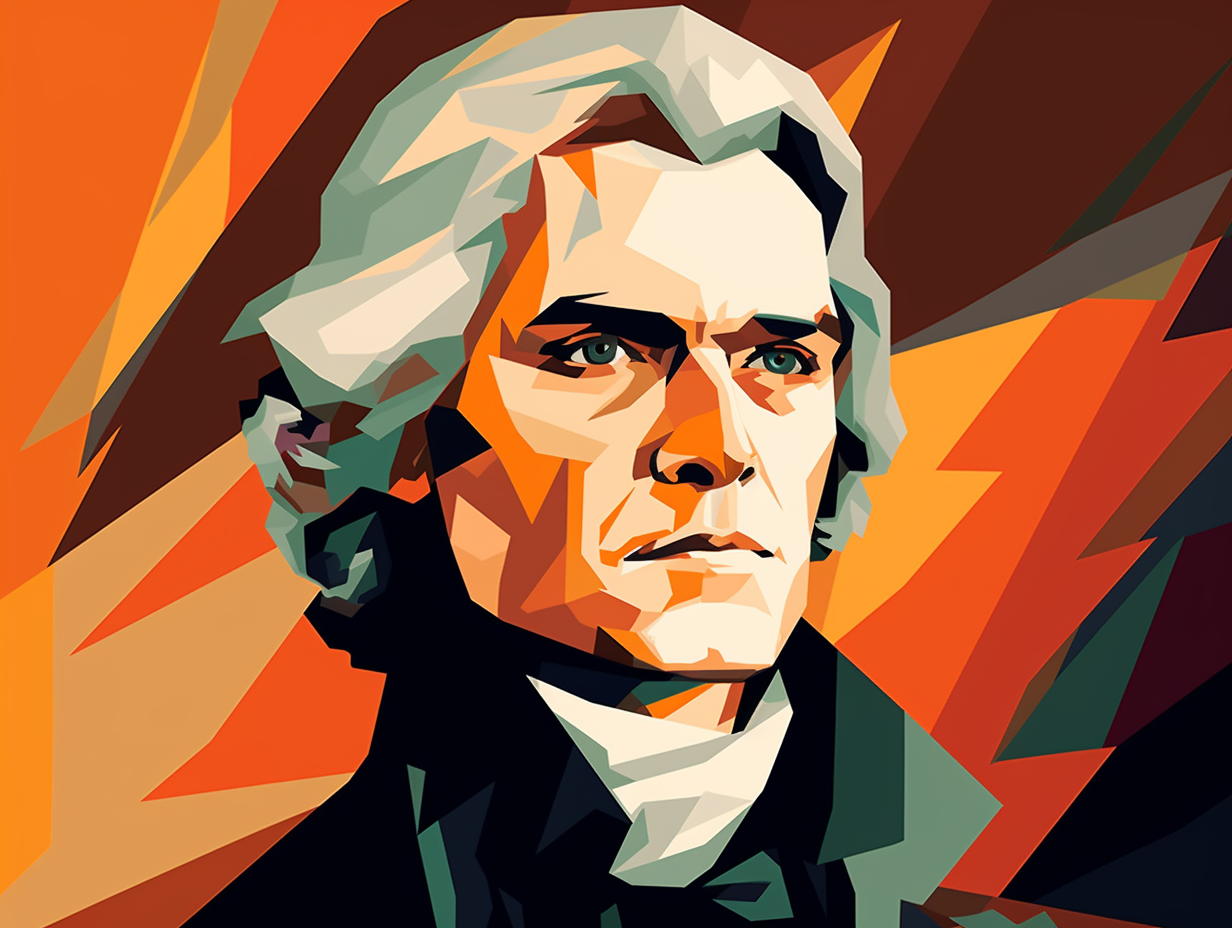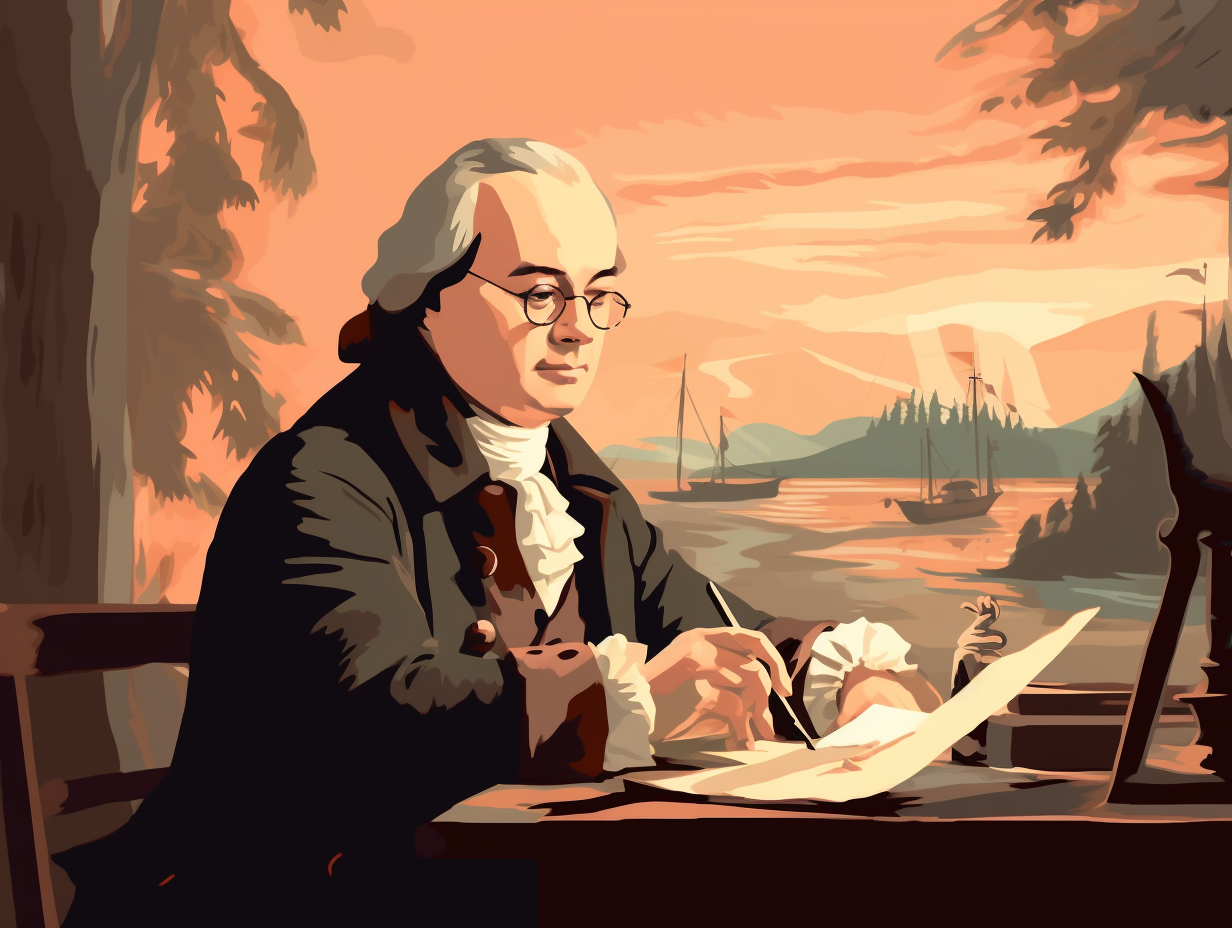Unraveling the Secrets of Science: Top 23 Fun and Intriguing Facts about Marie Curie in Paris
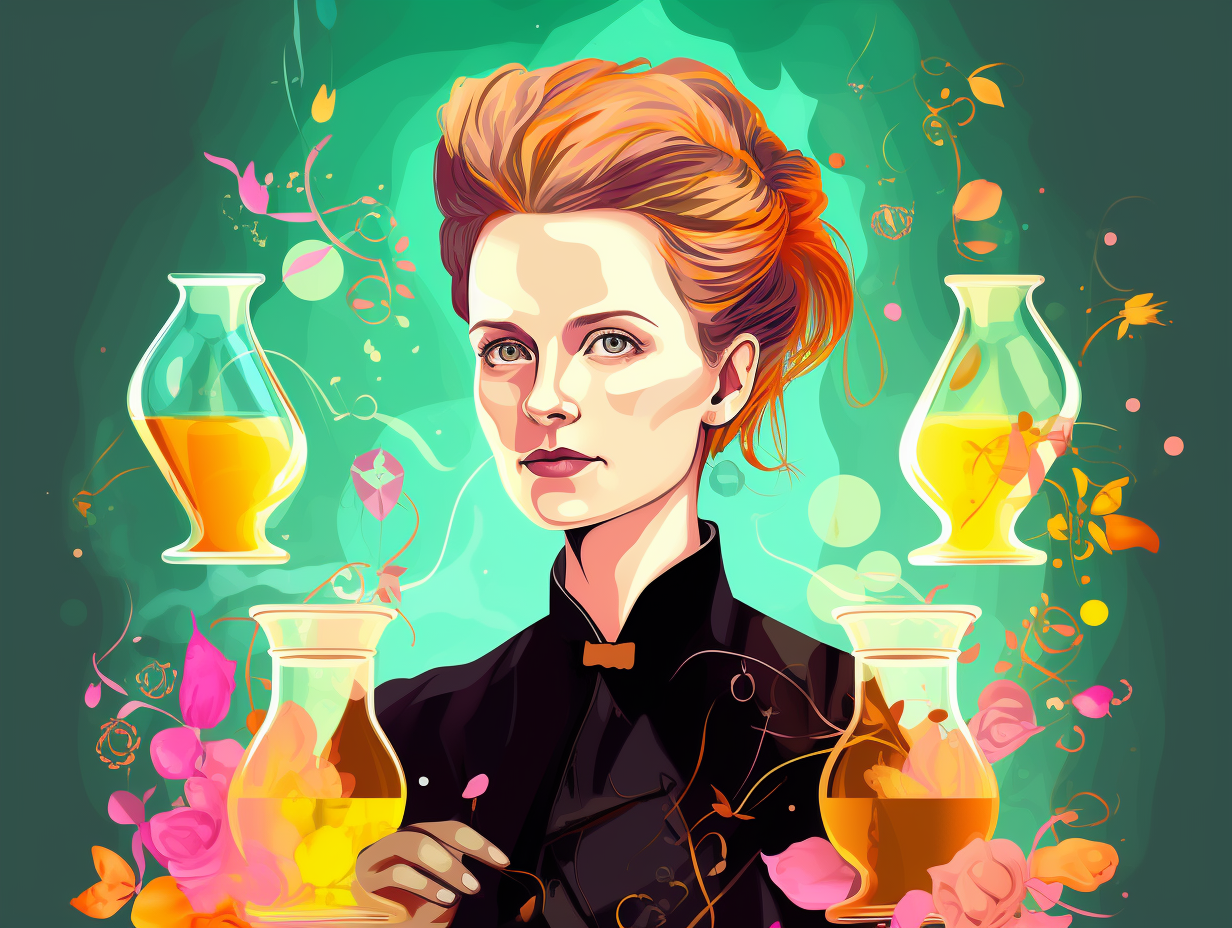
1. Radioactive Dinner Party
If Marie Curie hosted a dinner party, you'd need more than just a "fork in the road" to survive: her cookbooks and personal belongings are still radioactive after 100 years, and accessing her manuscripts requires protective clothing and a liability waiver, as they're stored in lead-lined boxes.
Source => csmonitor.com
2. Wonder Woman of Science
Move over, Wonder Woman: Marie Curie not only smashed glass ceilings by becoming the first woman in France to get a PhD in Physics and teach at the Sorbonne, but also coined the term "radio-active" and discovered two new elements, polonium and radium. Her radioactive superpowers earned her not one, but two Nobel Prizes – in Physics (1903) and Chemistry (1911) – and she even used her atomic touch to establish mobile radiology units during World War I, helping to treat over a million wounded soldiers!
Source => awis.org

Did you know a nurse invented the first closed-circuit television security system in 1969? Marie Van Brittan Brown's clever creation helped boost home security and influenced today's systems. Discover more about her groundbreaking invention!
=> Fun Facts about Marie-Van-Brittan-Brown
3. Empowering Female Scientists
Who says the lab's no place for ladies? Marie Curie had no "radium" to exclude women in science: As the Director of the Physics and Chemistry Laboratory at the Institut du Radium, she hired 45 female scientists, actively promoting gender equality in the field.
Source => cambridgeblog.org
4. World's First Glow Sticks
Marie Curie and her hubby Pierre held onto the radioactive world's first glow sticks in their coat pockets, lighting up their evening soirées to the envy of all: They discovered the phenomenon of radioactivity but were, sadly, unaware of its harmful effects, leaving their personal effects (including manuscripts and furniture) radioactive even after 100 years, and accessible only to brave souls donning protective clothing and signing liability waivers.
Source => csmonitor.com
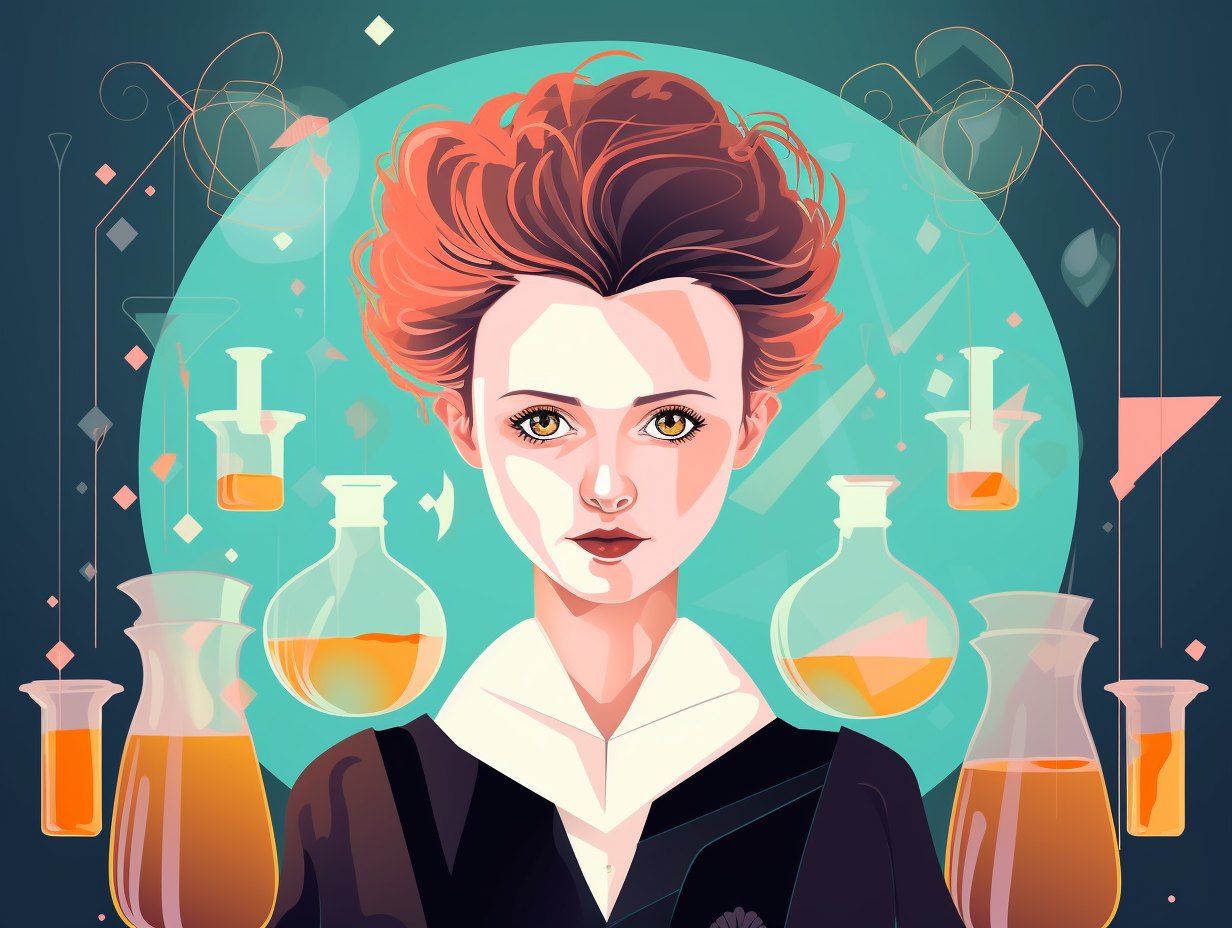
5. Double-Nobel Record Breaker
They say two is better than one, especially when it comes to breaking records and shattering that glass ceiling: Marie Curie was not only the first woman to win a Nobel Prize, but she's also the only person to secure this prestigious honor in two separate sciences - first in physics in 1903 with hubby Pierre Curie and A. Henri Becquerel for discovering radioactivity, and then for isolating shiny, metallic radium in 1911 bagging herself a Nobel in chemistry. Talk about a double whammy!
Source => history.com
6. Multilingual Maven
Marie Curie, the original "radiant lady" who probably glowed in more ways than one, never quite managed to crack the code of speaking fluent German. But fear not, for this multilingual maven still had an impressive repertoire up her sleeve: Curie was proficient in her native Polish, Russian, French, and English—despite devoting most of her time to science experiments rather than language lessons!
Source => ampolinstitute.com
7. Smartest Family on the Block
Who says family reunions can't be more interesting than naming elements and collecting shiny medals? The Curie family might just win the award for the smartest family on the block: Marie and Pierre Curie, along with their daughter Irene Joliot-Curie and son-in-law Frederic Joliot-Curie, all bagged a total of four Nobel Prizes for their groundbreaking contributions to the world of science.
Source => en.wikipedia.org
8. One-Woman Army in WWI
Talk about a one-woman army: Marie Curie trained over 150 women in radiology, anatomy, car repair, and photo processing to operate her fleet of "petites Curies" or portable X-ray machines during World War I, allowing an estimated one million Allied soldiers to receive X-rays on the field and saving countless lives.
Source => britannica.com
9. Breaking the Glass Beaker Ceiling
While Marie Curie may not have literally broken "the glass beaker ceiling," she knocked on heaven's laboratory door and carved her path as a legend-ary scientist: As the first woman to be interred at France's Panthéon, she now rests among the country's most respected figures, gaining eternal recognition for her unwavering dedication and groundbreaking contributions to scientific research.
Source => history.aip.org

10. Safety Measures Pioneer
When life gave Marie Curie radiation, she didn't make radioactive lemonade, but she sure did make some precautions: Even though she suffered from radiation burns and exhaustion, she continued her groundbreaking research and established safety measures like lead screens, blood tests, and trained personnel for handling radioactive substances. Pushing through illness, lesions, and operations, Curie's tenacity and contributions to science are still glowing strong today.
Source => dr-james.com
11. Trailblazing in a Leaky Shed
Frustrated with the lack of spacious laboratories and comfy lounge chairs, Marie Curie slaved away in a leaky shed like a champ – all for the love of science: The trailblazing Madame Curie was the first woman to be interred in the Panthéon on her own merits, having discovered polonium and radium alongside her husband Pierre - a power couple that sent shockwaves through the world of physics and laid the groundwork for our modern technology.
Source => nobelprize.org
12. Nobel Prize Monopoly
If Marie Curie and her family played a game of "Nobel Prize Monopoly," they'd be the untouchable tycoons hogging all the Boardwalks and Park Places: Marie Curie was the first woman to win a Nobel Prize and the first person to seize two of them in two different sciences – Physics in 1903 and Chemistry in 1911. The Curie clan, unstoppable in their Nobel Prize monopoly, have nabbed five of these coveted accolades altogether, turning their family tree into a veritable orchard of genius.
Source => softcomputer.com
13. Revolutionizing Science Parties
Who says Marie Curie can't throw a killer party? Wielding her radioactive glow sticks, she revolutionized the cell-lethal rave called Science: Marie Curie's work with radioactive substances not only paved the way for nuclear energy and cancer radiotherapy but also inspired generations of female radiobiologists in exploring cell-killing mechanisms, normal tissue toxicity, and tumor biology.
Source => ncbi.nlm.nih.gov
14. Glowing Mother-Daughter Bond
You know what they say, mother-daughter bonding is a blast, but Marie Curie's radioactive adventures with her daughter, Irène, brought a whole new meaning to "glowing relationships": The dynamic duo's work with radium and X-ray technology during WWI exposed them to hefty doses of radiation, but contrary to popular belief, Marie never tucked herself in with a radium nightlight. The brilliant scientist opted for safe practices, handling radium carefully and storing it in heavy lead containers.
Source => nobelprize.org
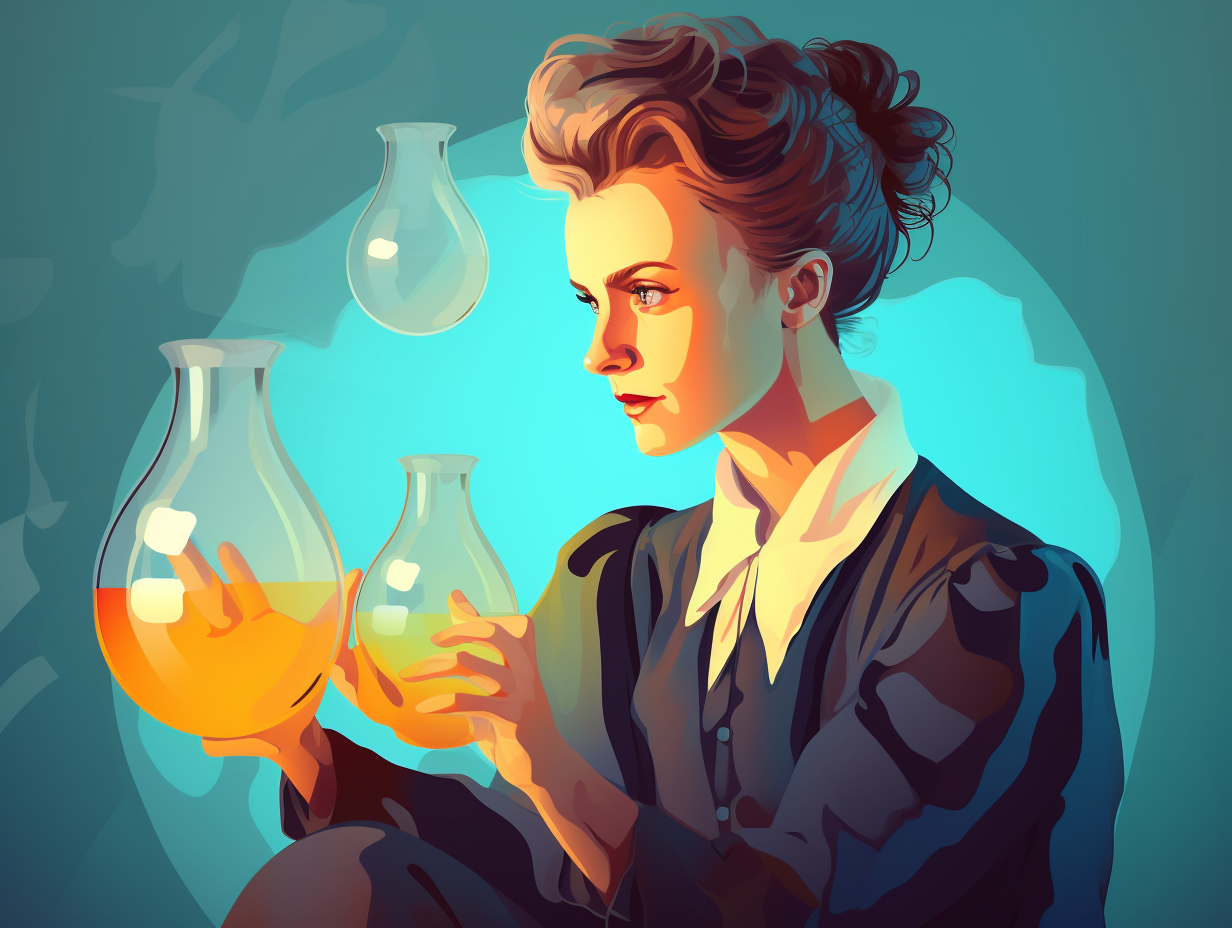
15. Test Tube Ceiling Smasher
Talk about breaking the test tube ceiling: Marie Curie was the only woman at the star-studded 1911 Solvay Conference, rubbing elbows with scientific giants like Einstein and Planck, all while facing a rigidly patriarchal society.
Source => washingtonpost.com
16. Radioactive Relics
Behold the Marie Curious Case of the Radioactive Relics: Madame Curie's century-old research on radioactivity has left her personal belongings, laboratory equipment, and even her cookbooks imbued with a perilously radiant touch. To this day, they remain in lead-lined boxes, requiring waivers and protective gear for anyone daring enough to take a peek, as some items possess a half-life of a staggering 1,500 years!
Source => ladailypost.com
17. Lunar Real Estate Tribute
Ditch your astronaut dreams if you want to get up close and personal with Marie Curie. Why, you ask? Well, looks like she's got some lunar real estate under her belt: The Skłodowska crater on the moon's far side, with a 127-km diameter, pays tribute to her accomplishments in atomic pioneering, residing cozily between the older Curie walled plain and the Pasteur plain.
Source => en.wikipedia.org
18. Radioactive Royalty in a Shed
Who needs a fancy lab when you're radioactive royalty? Indeed, Marie Curie, the queen of glowing minerals, honed her skills in a humble shed like a medieval alchemist: It took her over three years to isolate a mere one-tenth of a gram of pure radium chloride from pitchblende, with husband Pierre tagging along for the scientific ride. This power couple didn't just discover two new elements – polonium and radium – but also learned to work seamlessly with Central Chemical Products Company, revolutionizing the fields of science and medicine along the way.
Source => history.aip.org
19. Wonder Woman with a Chemical Flowchart
Marie Curie, the real-life Wonder Woman of science, who won at Nobel Prize-cracking not just once but twice, and probably would've had a flowchart of chemical elements pinned up in her bedroom: She was the first woman to win a Nobel Prize and the first person to win two Nobel Prizes in different scientific fields, physics and chemistry. Curie co-discovered the elements polonium and radium, developed techniques for isolating radioactive isotopes, and founded the Curie Institute in Paris and Warsaw, paving the way for modern cancer treatments.
Source => en.wikipedia.org
20. Radium O'Clock
What did the radioactive clock say to the wristwatch? "It's radium o'clock, time to glow!" But Marie Curie had another agenda: Despite the popularity of glow-in-the-dark products made with radium in the early 1900s, Marie Curie’s primary goal was to utilize radium for medical purposes, especially early radiation treatments for tumors.
Source => nytimes.com
21. Skinny-Dipping Scientists
Before the Kardashians broke the internet with their "bare all" antics, history's favorite power couple had an intriguing appetite for au naturel adventures of their own: Marie and Pierre Curie were devotees of long-distance cycling escapades, stripping down for impromptu skinny-dipping sessions in lakesides, and basking in the sun's glory on nothing but a blanket, à la nude.
Source => scientificamerican.com
22. Lemon-Squeezing Double Nobel Winner
When life gives you lemons, become Marie Curie: the citrus-loving scientist who squeezed not one, but TWO Nobel Prizes in her tart-yet-brilliant journey through physics and chemistry.
Source => history.aip.org
23. Pocketful of Radioactivity
Talk about a glow-getter: Marie Curie was so committed to her research that she carried radioactive isotopes in her pockets like they were candy, ultimately exposing herself to dangerous radiation levels. This dedication led to her groundbreaking work in radioactivity, revolutionizing medicine and materials science in the process.
Source => thereadinglists.com
Related Fun Facts

